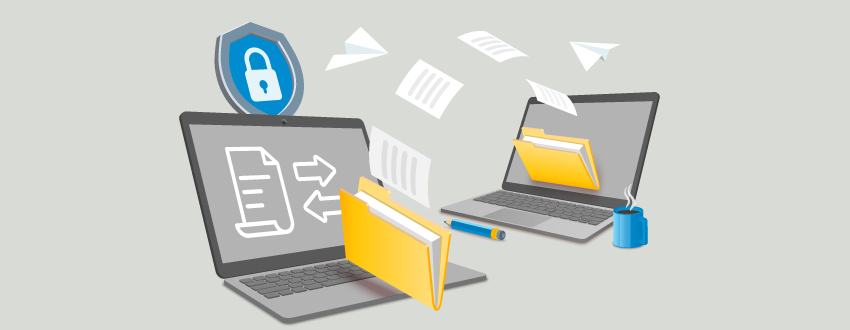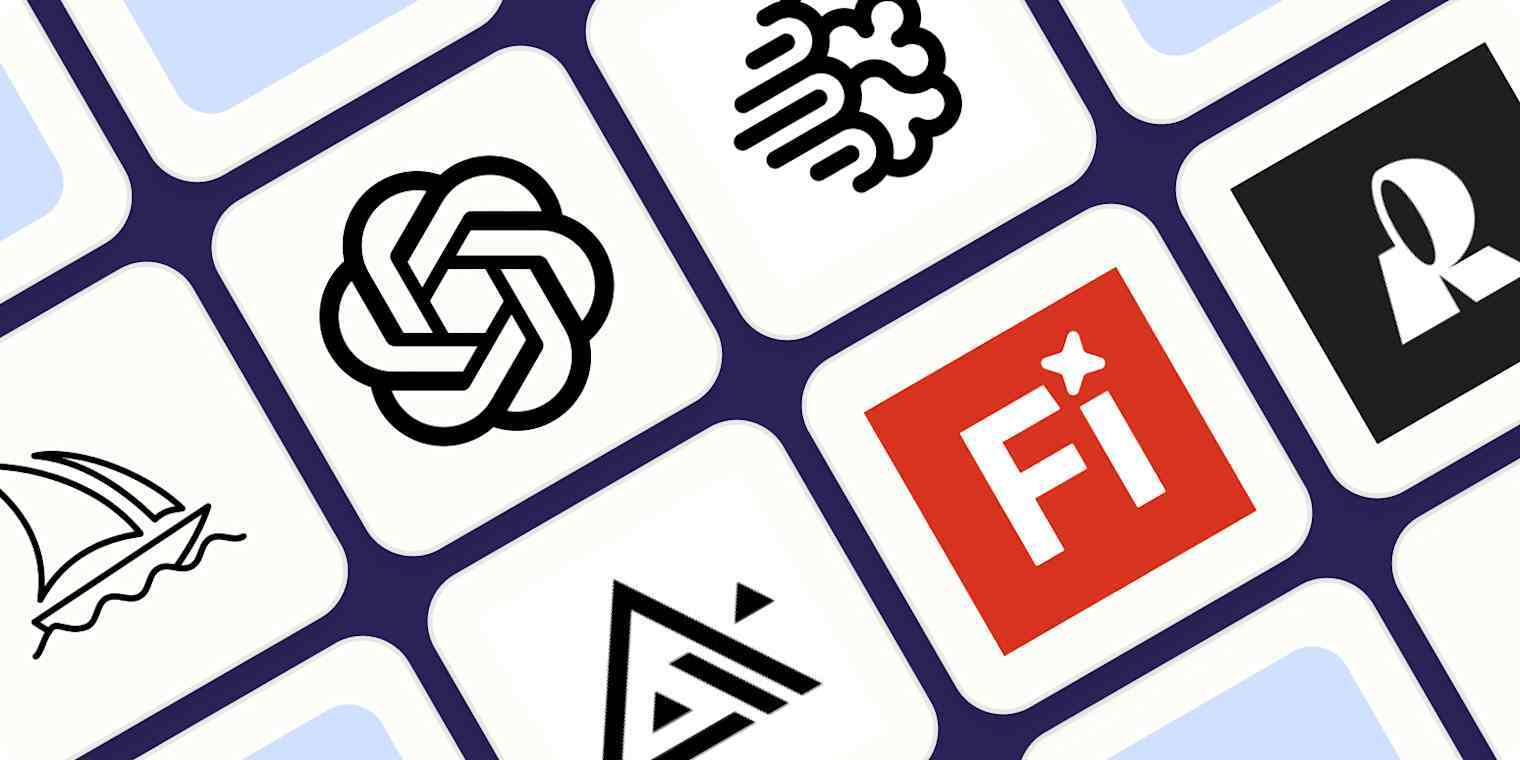
The Shadow IT Paradox: How to Turn an Invisible Threat into a Strategic Asset
Shadow IT: Threat or Opportunity?
Shadow IT is often seen as a blind spot in cybersecurity. Yet its widespread presence in modern organizations demands a rethink: should it be eliminated at all costs, or can it be leveraged?
According to a recent report, nearly 90% of cloud applications used in companies are not approved by the IT department. They fall outside official security policies. But this reality isn’t inherently a threat. It mostly highlights a gap between the tools provided and the operational needs of teams.
Why Shadow IT Thrives Despite Controls
Digital tools are now easily accessible to everyone. In a context where speed and agility are critical, employees no longer wait for IT approval. They download, test, and use whatever helps them move forward.
And often, it’s qualified, responsible individuals—aware of security risks—who initiate these usages. The report refers to them as GOAs (Goal-Oriented Actors): employees who use non-approved tools with constructive intent.
The problem isn’t always technical. It’s structural. It arises from a lack of dialogue, responsiveness, or flexibility in IT policies.
The Two Faces of Shadow IT: GOAs vs. Followers
One of the report’s key contributions is distinguishing between two types of shadow IT users:
- GOAs: tech-savvy, security-conscious, they bypass rules to work better—while taking precautions.
- Followers: they mimic the former, without necessarily understanding the risks. They are the main source of vulnerabilities.
This changes the game. It calls for a differentiated approach: support, empower, and recognize GOAs; train, educate, and monitor followers.
Four Organizational Archetypes Facing Shadow IT
The report identifies four organizational approaches based on how they manage cybersecurity and employee experience:
- Strict control with co-construction (MP1): minimal shadow IT, thanks to strong security and user-inclusive policies.
- Governed flexibility (GK2): some shadow IT allowed and managed.
- Counterproductive rigidity (DB3): widespread shadow IT due to a perceived IT bottleneck.
- Controlled openness (MF4): no shadow IT because freedom is built into the system.
The link is clear: the more IT is seen as a partner—not a gatekeeper—the less shadow IT occurs, or the more it becomes constructive.
10 Recommendations to Turn Shadow IT into a Strategic Lever
Among the 10 key recommendations from the report, the most notable include:
- Accept that shadow IT will always exist
- Differentiate between risky and value-creating usage
- Create a UX IT team to maintain an open dialogue with users
- Reward secure and impactful shadow IT initiatives
- Train IT leaders in participatory management
The key is to shift from a control-based model to a collaboration-based one.
Governing Shadow IT is Governing Innovation
Shadow IT is not just a compliance issue. It’s a signal. It reveals where official IT no longer meets expectations. And more importantly, it highlights employees who are willing to take initiative, innovate, and work around obstacles to deliver.
Instead of suppressing it, it’s time to integrate it into a more agile, inclusive, and strategic governance model.

.png?width=900&height=600&name=Sans%20titre%20(900%20x%20600%20px).png)
